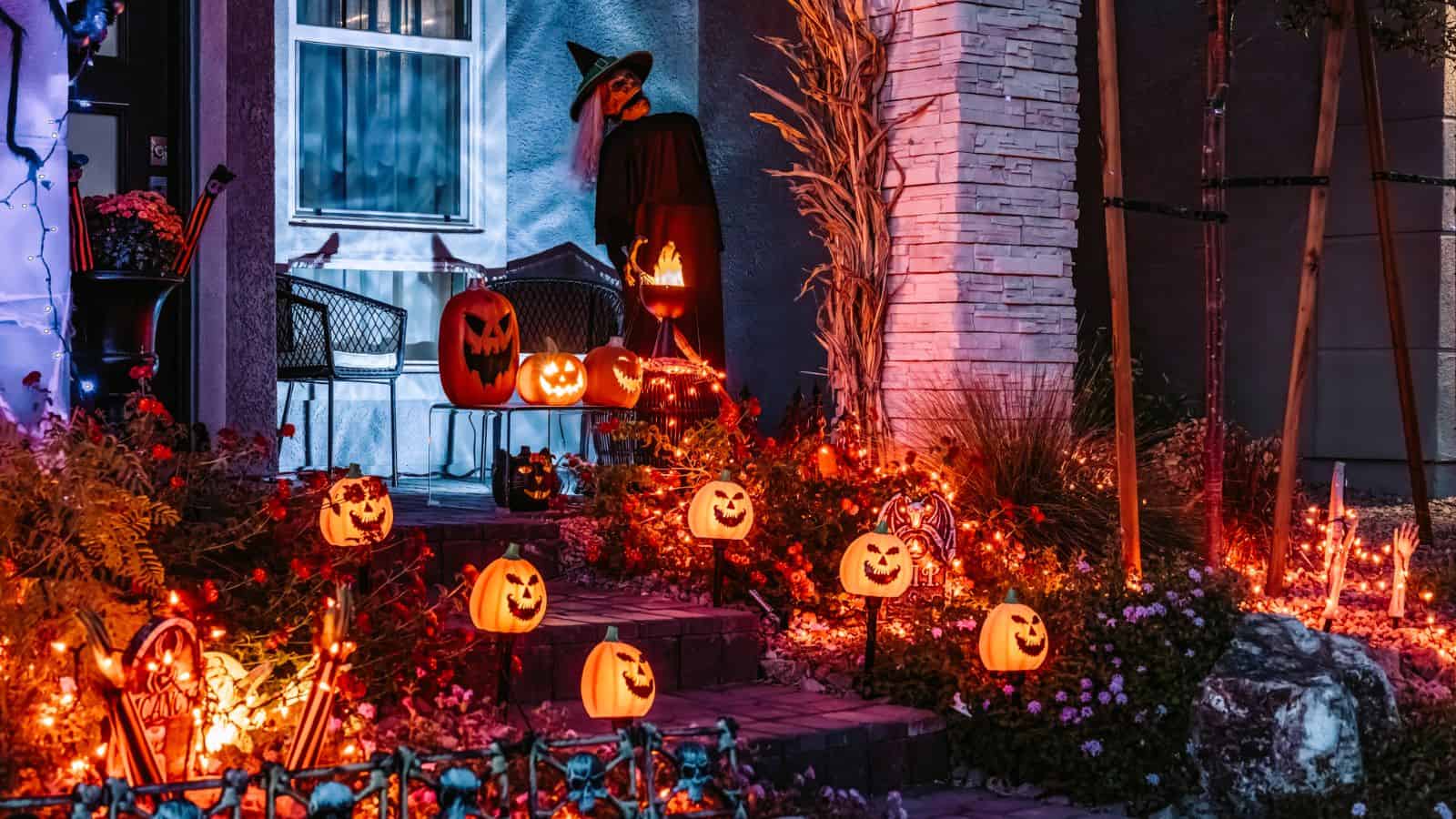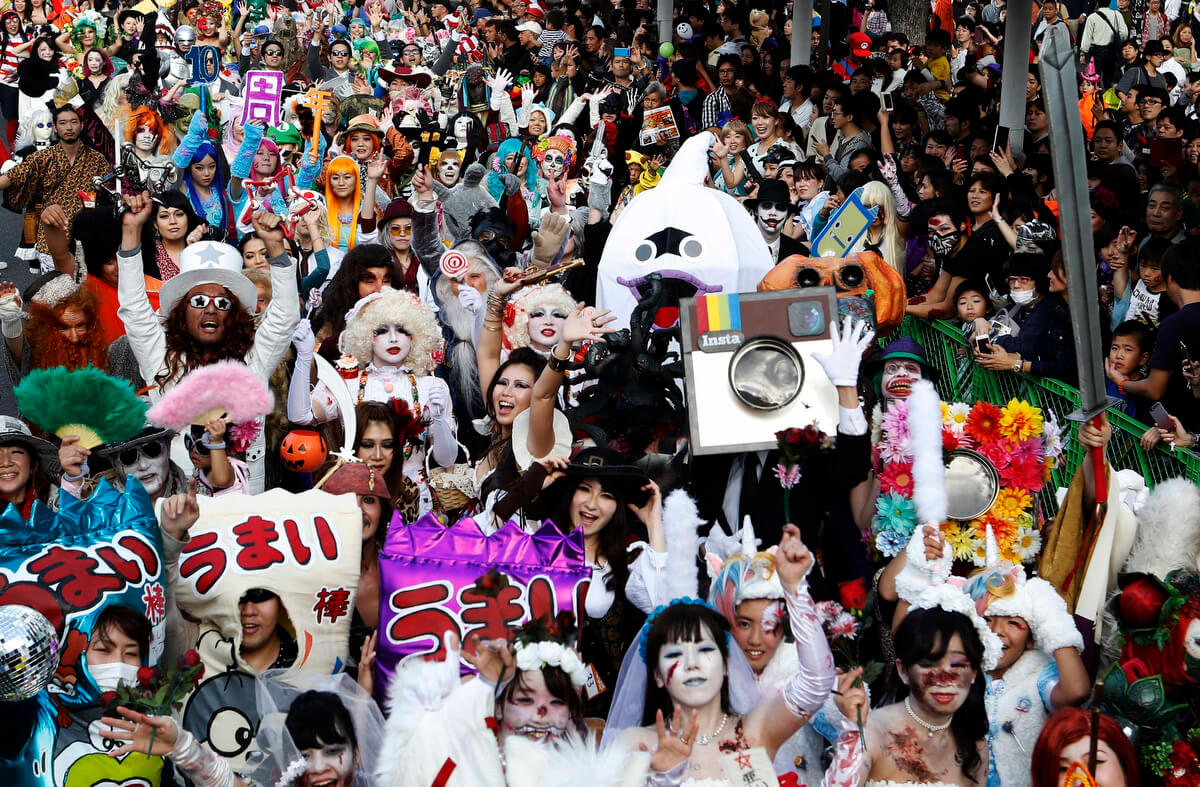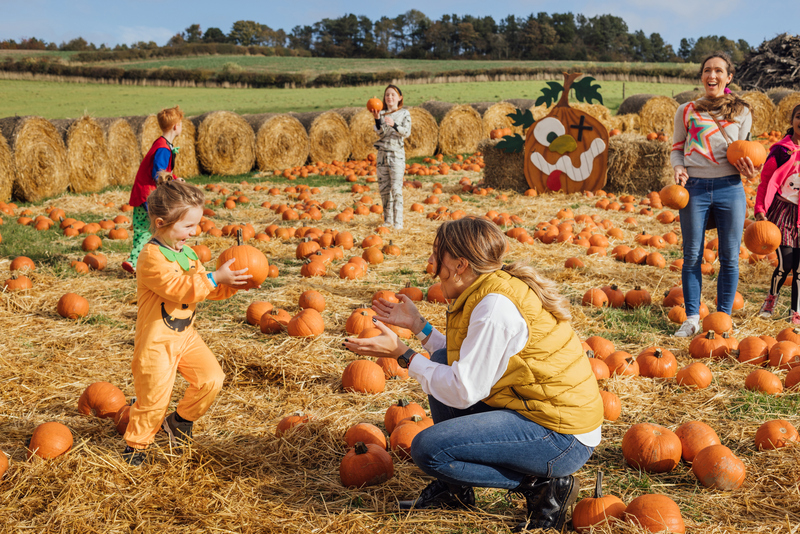Halloween likely began as an ancient Celtic festival, but it is now celebrated around the globe in interestingly different ways. While children across the United States go trick-or-treating by knocking on strangers’ doors and screaming “trick or treat," other countries’ respective observances feature their own festive parades, candlelit ceremonies, or ancestral traditions. Halloween has become a way globally to celebrate culture, thoughtfulness, or simply have fun, like Day of the Dead in Mexico or the autumn bonfires in Ireland.
As with all cultural occasions, there are slight variations that each country seems to celebrate with, some are more spooky, some are more spiritual. There’s something magical when we peel back one night of spookiness and find people and personhood all gets wrapped up in it as a celebration of creativity and joy across continents! So let’s explore how different cultures create their own versions of Halloween!
Check Out: The Origins of Halloween Symbols: Pumpkins, Ghosts, and Black Cats Explained
-
United States

Halloween in the United States is one of the most enjoyable and thrilling holidays. Children run around neighborhoods in spooky or fun costumes, feasting on the special treats collected from greatly decorated houses. Adults also participate in themed parties, haunted houses, and pumpkin carving competitions.
Streets illuminate in the darkness with Jack-o’-Lanterns, eerie lights, and creative pranks, giving the festival a sense of fun and break from mundanity, while joyfully embracing community creativity.
-
Ireland
Ireland is recognized as the home of Halloween, because it emerged from the ancient Celtic festival of Samhain, marking the conclusion of the harvest, while indicating the beginning of winter. It was once accepted that ghosts were freed on this night.
Nowadays, the Irish observe with bonfires, fireworks, tales, and traditional games such as "snap-apple". Families often carve pumpkins, host costume parties, or participate in Halloween mystique with ancient customs, or more modern, Halloween fun.
-
Mexico

In Mexico, Halloween merges seamlessly with Día de los Muertos (the Day of the Dead), which is celebrated on the 1st and 2nd of November. Rather than fear, it is a celebration of loved ones who have passed on.
Families create colorful ofrendas (altars) that are filled with candles, marigolds, and pictures, while cemeteries are animated by music, food, and sugar skulls, as remembrance turns into celebration, and life and love for the ancestors are embraced.
-
Japan

Rather than focusing on scares, Halloween in Japan is all about creative expression. Cities such as Tokyo and Osaka embrace the festivities with extravagant street parades and festivals where guests can wear costumes as popular anime characters, pop stars, ghouls, etc.
Trick-or-treating in Japan is rare, but the roads and paths are flooded with themed parties, decorative pumpkins, and Halloween paraphernalia. Shibuya is known for hosting a phenomenal Halloween event and is filled with hundreds or thousands of people dressed up in stunning, whimsical costumes.
5. United Kingdom

Halloween in the UK blends ancient traditions with contemporary fun. Children go guising, dressing up in costumes and singing songs or telling jokes in exchange for sweets. Towns hold pumpkin fairs, ghost tours and spooky story evenings inspired by folklore.
In Scotland, people still carve lanterns from turnips instead of pumpkins, preserving older Celtic customs. Halloween in the UK supports both ancient history and good old-fashioned fun.
6. Germany
Halloween festivities in Germany are increasing in popularity and include pumpkin festivals, costume parties, and haunted attractions. The Ludwigsburg Pumpkin Festival is especially noteworthy, as it features massive pumpkin sculptures and is a family-friendly event.
However, November 1 (All Saints’ Day) is reserved as a more solemn day of reflection and remembrance. Many Germans will visit cemeteries to light candles for their deceased loved ones. So while Halloween in Germany is festive and fun, it combines the lighthearted celebration with a more peaceful, respectful remembrance of traditions and customs that appreciate the past.
7. Canada
Canada combines Halloween in similar manners as its neighbor to the south, and children and families will dress in costumes ranging from scary to silly, trick-or-treating door to door. Neighborhoods serve as share the spirit of the season with Jack-o’-lanterns and fall decorations.
Many more communities host haunted houses, pumpkin walks, Fall fairs, and parades. After all, Halloween is about family and fun and bringing families and friends together with scares and joy reflecting the spirit of fall and together with shared traditions.
8. France
In France, Halloween is a recent but growing holiday. Youth and children celebrate this holiday with activities like costume parties, haunted attractions, and spooky activities in cities such as Paris and Lyon.
Shops are decorated with pumpkins and ghosts, and bakers sell Halloween-themed items. La Toussaint (All Saints' Day), November 1, remains a serious day for commemorating the dead. Halloween in France brings a fun, modern twist to traditional memorialization.
Conclusion
Halloween may have come out of an ancient Celtic festival, but today it is a celebration of imagination, art, life, creativity, and all that is enjoyable in the world. Although Halloween reflects many of America’s spooky fun, the colorful tradition of Día de los Muertos in Mexico brings a different spirit to October 31st.
Comments
All Comments (0)
Join the conversation